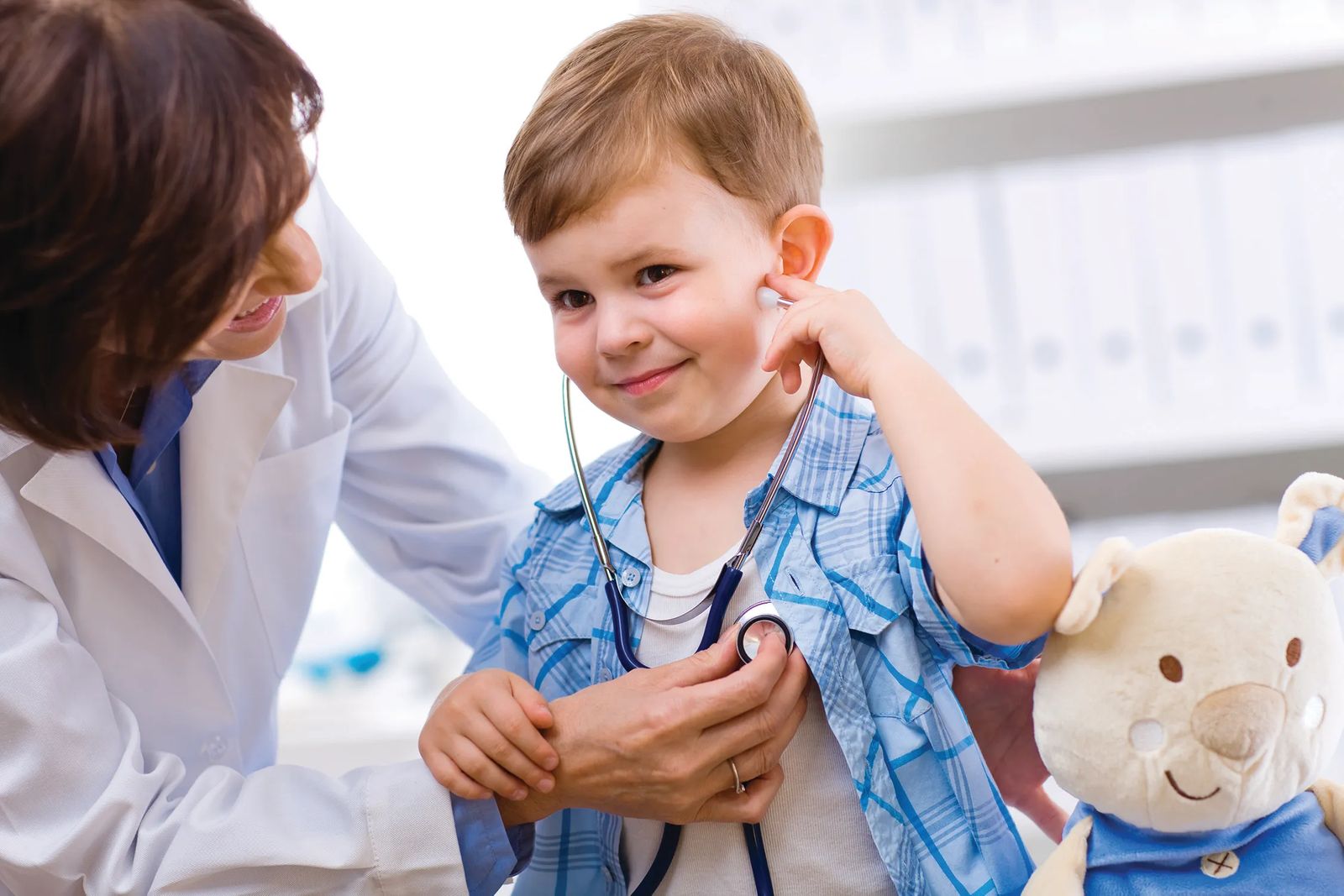
Abigail Adams and the Importance of Vaccines...
June 2014 | by Pamela Templeton, MD, Billings OB-GYN Associates / St. Vincent Physician Network
In 1775, the smallpox virus was responsible for thousands of deaths in New England. Abigail Adams knew the virus would likely infect and claim the lives of her and her four children so to avoid this, she allowed her doctor to insert the virus into one arm of each child and herself. Consequently, the family developed the necessary antibodies to fight the illness and prevent further infection.
Abigail Adams was smart, bold and brave for her time. How fortunate we are that pioneers like her and leaders in medical research recognized the importance of developing safe, affordable vaccinations that protect and eradicate many historically fatal diseases.
Most of our present day vaccines are toxoid based or contain killed viral particles rather than the live virus. These convey immunity without the risk of infections and symptoms of the disease. The safety and efficacy of these vaccines allow the most vulnerable of our society, children, pregnant women, the immunocompromised, and the elderly, the opportunity to live long and healthy lives.
The CDC, community health agencies, and physicians equipped to administer vaccines, follow protocols to ensure optimal immune protection for each individual. As each family prevents their own infections, they also protect their neighbors’ and improve the health of society as a whole. Without widespread immunization programs, near-eradicated diseases, such as measles and whooping cough, are and will continue to flare anew.
Immunization recommendations vary with each life phase. Adolescents (age 10-19) and young adults (age 20-24) comprise 21% of the US population. College life and grade school put youth in close proximity one to another, making disease transmission common. Meningitis, HPV, tetanus, diphtheria, pertussis (Tdap) and influenza are recommended vaccines.
While pregnant, women run increased risks of complications personally and with the unborn child should they contract infectious diseases. Inactivated influenza vaccine may be administered during any trimester. Hepatitis A and B, Tdap and meningococcal vaccines may be given if indicated. If breastfeeding, the influenza vaccine may be either the inactivated or live form. Women who are pregnant or wish to become pregnant in the very near future should not receive varicella-containing vaccines as this is a live attenuated virus.
Persons 60 years of age and older should receive routine pneumonia and flue vaccines. The shingles vaccine (Herpes Zoster) also benefits this age group whether or not the person has previously had shingles. Following recovery from chicken pox, the virus becomes dormant and remains within the body. Years later, it may reactivate and cause shingles. The painful rash that occurs generally lasts 4-6 weeks, may be anywhere on the body, and follows the distribution of a nerve root. Herpes Zoster (shingles) vaccine markedly reduces the risk of an outbreak.
The newest and perhaps most controversial disease and its vaccine is the HPV or Human Papillamavirus. HPV comprises the most common sexually transmitted infection affecting all ages. There are more than 120 viral types, 40 of which involve sexual infections. These viruses infect men and women alike and involve the mouth, throat and genitals. In women, subtypes account for the vast majority of cervical cancers and can also cause genital warts. A marked increase in throat and mouth cancers, secondary to these viruses, has been seen in the past several years. Currently, the vaccines available cover 3-4 of the most aggressive viral subtypes and investigators are working to expand the coverage of these vaccines. Current recommendations call for a series of 3 injections for both boys and girls ages 9-26, prior to sexual exposure to be maximally effective.
Abigail Adams recognized this truth: immunizations save lives. She exposed herself and her children to live smallpox virus and reaped the immunity reward of life. We can immunize our families and ourselves safely and effectively, improving our lives and the lives of our community.
